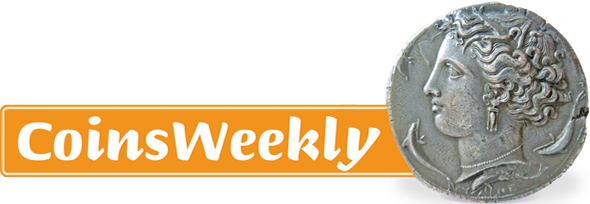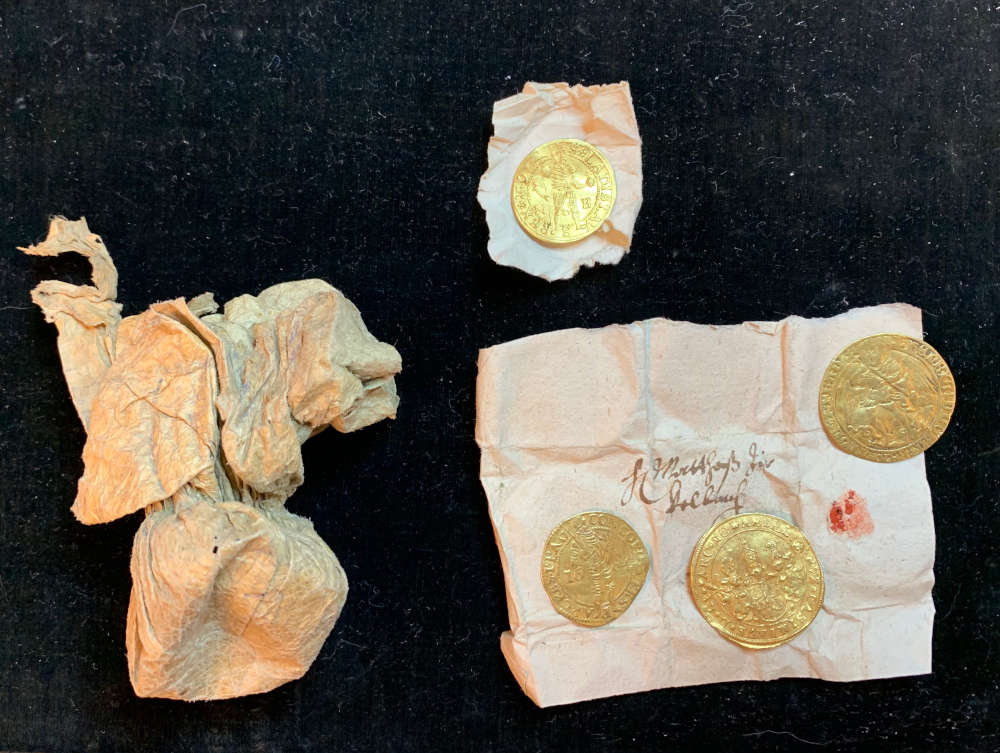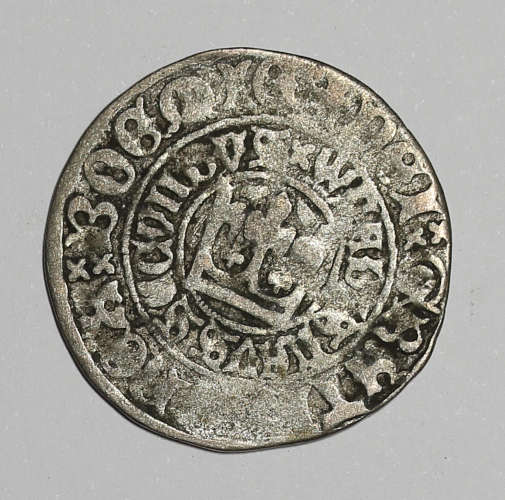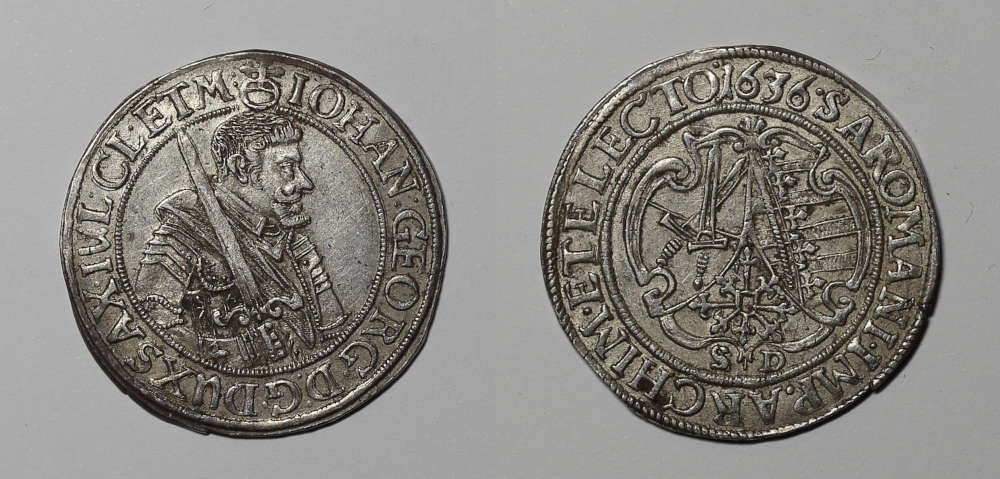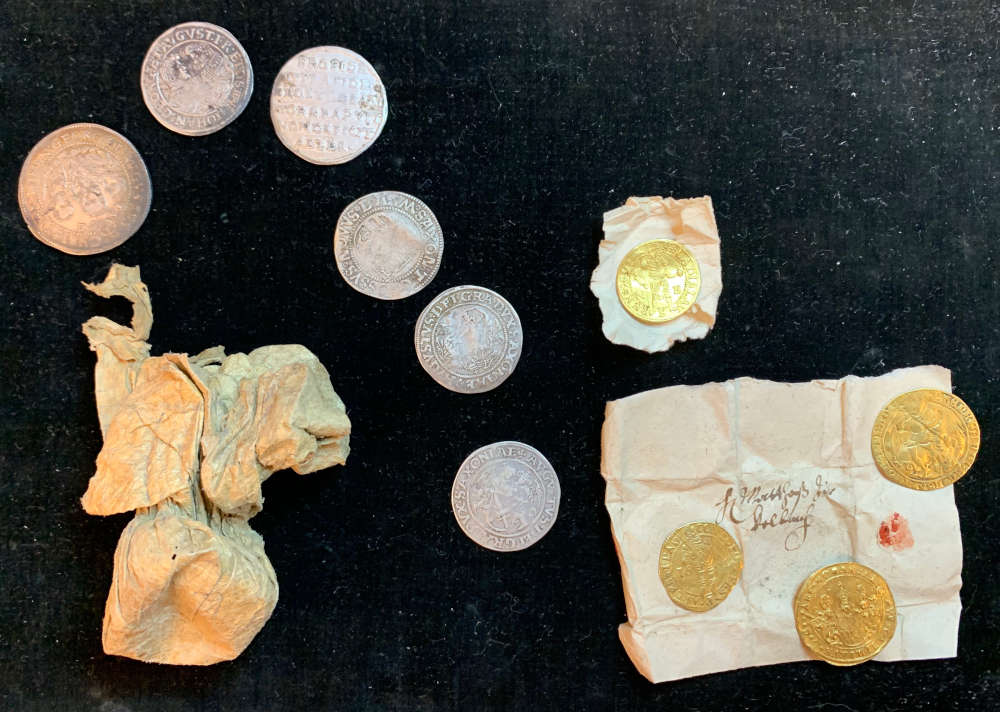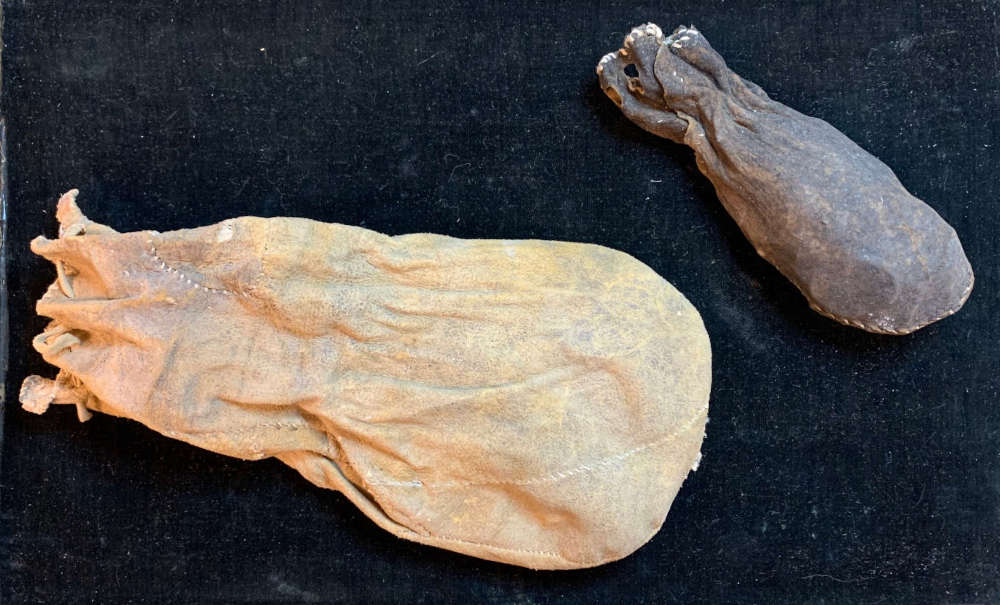Eisleben, Germany: Church Treasure Recovered After Almost 400 Years
During the restoration of St Andrew’s Church in Lutherstadt Eisleben, an old treasure was unexpectedly discovered: 864 well-hidden coins.
Content
The oldest coins were minted in the middle of the 14th century, the latest in 1638. The hiding of the church treasure is certainly a consequence of the plundering by Swedish troops in the area, which took place several times between 1636 and 1644.
On Tuesday, 26 November 2024, the coins were handed over in the parish hall in accordance with a loan agreement. As the owner, the Lutherstadt Eisleben Evangelical Parish Association is handing over the coins as a permanent loan to the Art Foundation of Saxony-Anhalt, Leitzkau / Moritzburg Art Museum in Halle (Saale).
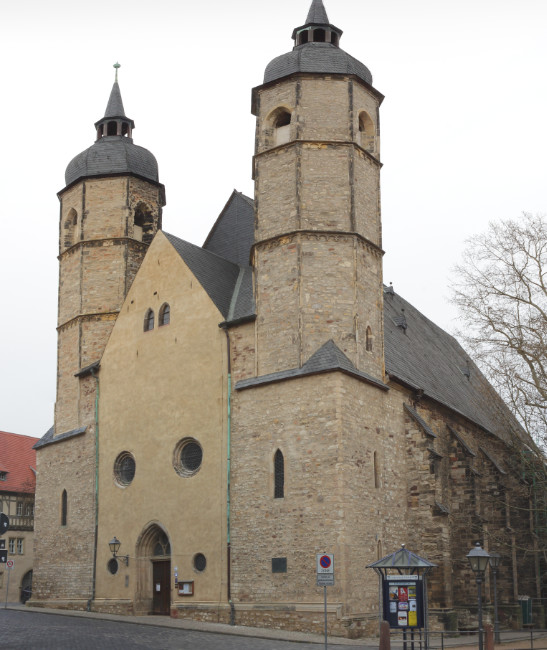
View of St Andrew’s Church in Eisleben. Photo: Michael aus Halle via Wikimedia Commons / CC BY-SA 3.0.
According to Ulf Dräger, curator of the Saxony-Anhalt Numismatics Collection the Moritzburg Art Museum in Halle (Saale), the treasure is “a highly significant historical testimony from the turbulent period of the Thirty Years’ War, not only for Eisleben but also for the history of the state [of Saxony-Anhalt]. It illustrates the ecclesiastical and monetary history of the 17th century in an unprecedented way and will initially be the subject of academic research. Each individual coin will be identified and documented at the Moritzburg Art Museum in Halle (Saale), and the goal is to publish a complete catalogue on the Internet. A presentation will also be prepared for St Andrew’s Church.”
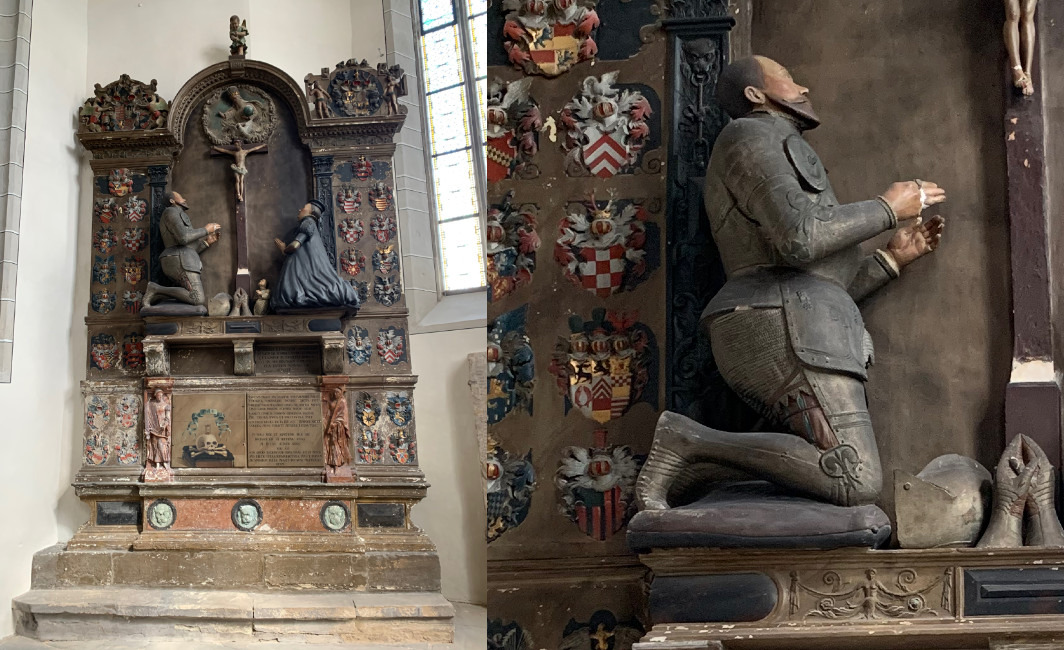
This is where the hoard was found, at 3 meters high between cushion and knee of the seated count. Photo: U. Dräger, Halle.
Ulf Dräger can tell us much more about this unusual find:
When/Where/How Was the Treasure Found?
It is an incredible story. The treasure, hidden around 1640, was discovered during renovation work in St Andrew’s Church, in the epitaph of Countess Magdalena (†1565) and Count Johann Albrecht I of Mansfeld-Arnstein (†1586) of 1567, in a cavity in the leg of a kneeling sandstone figure. The leather pouches containing the 816 coins were discovered by chance in the hidden cavity by Peter Schöne’s restorers. It is a miracle that the treasure did not come to light earlier. The bulging pouches were covered with an old sock, probably used for cleaning a good 100 years ago, which had got lost in the cavity.
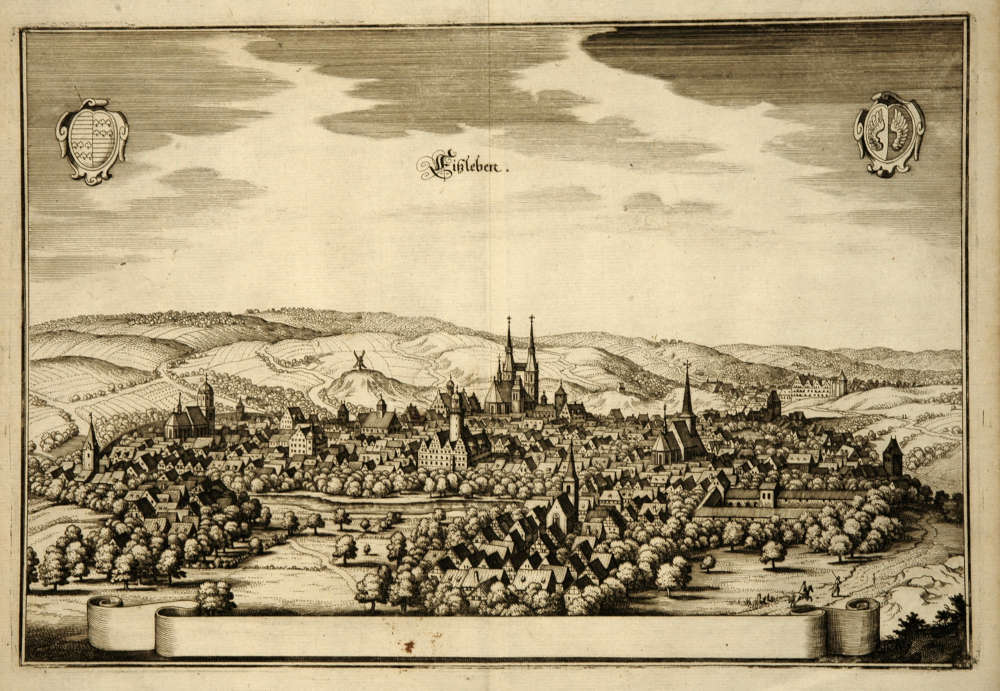
View of the church before the fire of 1601 with the three towers in the middle background. Photo: H.-P. Haack via Wikimedia Commons / Gemeinfrei.
The late Gothic church is famous in the history of the Reformation. Martin Luther preached the last four sermons of his life from the pulpit built in 1518. The reformer was born in Eisleben and died nearby in 1546. It was the main church in the county of Mansfeld. The superintendent and several ministers worked here at the same time.
Can you Describe the Treasure? Were There Any Rare/Precious Coins? Was the Treasure Worth a Lot? What Period Are the Coins from?
There were 816 well-sorted coins in four bags. The most valuable gold coins were wrapped in paper with labels to show that it was a church treasure. However, this is not the bell bag for the Sunday collection. Instead, it is money collected from special services given by the ministers, chair money and other sources.
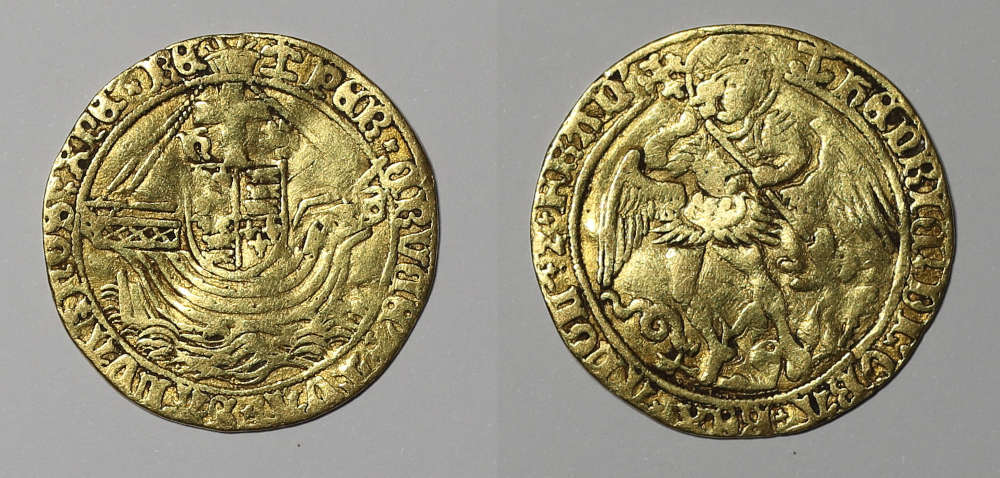
Kingdom of England, Henry VII (1485–1509)/Henry VIII, (1509-1547), Gold Angel, London, minted between 1499–1522. Photo: U. Dräger, Halle.
The treasure includes a golden angel, a double ducat, two ducats, nine talers, a half taler and 32 quarter talers. The biggest chunk, however, is made up of hundreds of groschens. There are Saxon Schreckenbergers and Zinsgroschen, as well as almost 300 Prague groschen from the Middle Ages. The most recent coins, Saxon-Thuringian talers, Saxon groschen and three gold coins, were minted after the Kipper period (1618-1622). The most recent coin is the double ducat of the Archbishopric of Mainz, minted in 1638 under Archbishop Anselm Casimir Warmboldt von Umstadt (1629-1647).
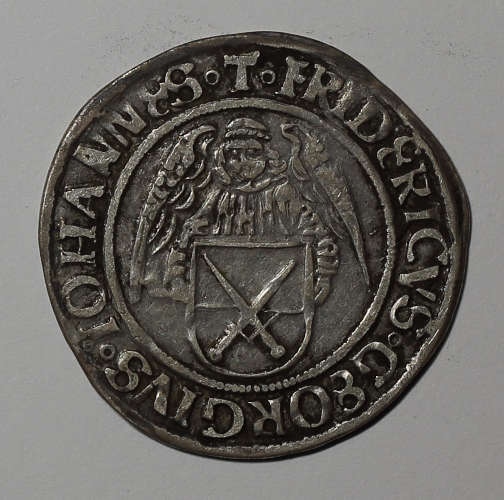
Saxony, Frederick III the Wise, George and John, 1500-1507, Schreckenberger (heavy groschen) n.d., Buchholz mint. Photo: U. Dräger, Halle
It is astonishing that the inflation of the Kipper and Wipper period left no trace in the treasure. The almost complete debasement of money during this inflation was particularly enormous in the county of Mansfeld, where more than 20 mints produced masses of copper pfennigs, which were radically debased after 1622. This certainly explains the large number of late medieval coins, which did not account for a significant proportion of the money in circulation in the 16th century, but after the inflation apparently regained their presence as standardised silver pieces and, above all, confidence in their stable value.
We still need to calculate the exact value of the treasure. This is a bit tedious, but will be possible once all the types have been identified and the local prices at the time have been determined. For now, all I can say is that it is a huge fortune. Much more than a craftsman could earn in a year.
Why Was the Treasure Hidden?
The hiding of the church treasure is a consequence of the plundering by Swedish troops that took place in Eisleben several times, almost weekly, between 1636 and 1644. The chronicles of these years are dominated by the quartering of soldiers, contributions and many other unpleasant things. A picture of constant warfare. Between 1628 and 1650, Eisleben lost about half of its population. According to available archival documents, the town of Eisleben alone paid 212,258 reichstalers in cash and food to foreign troops between 1623 and 1642. This was a huge sum of money, but it can only be properly interpreted by looking at the cost of living at the time. The weekly wage of a strong miner was about 1 taler, or 24 groschen. But many other miners earned only 15 to 18 groschen a week. A pound of butter cost about 3 groschen, 115/16 eggs cost 2 groschen , 2 herrings cost 2 groschen. In addition to the larger coins, our hoard contains about 800 groschen.
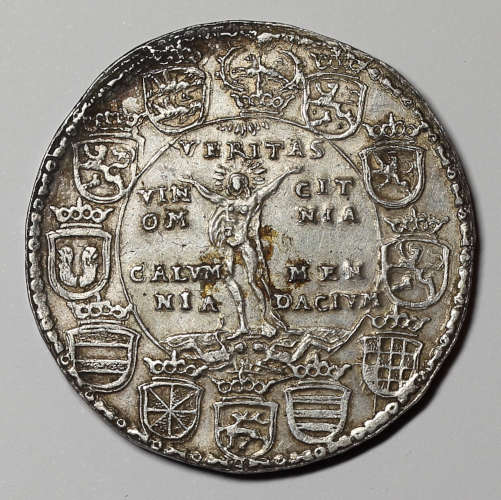
Brunswick-Wolfenbüttel, Heinrich Julius (1589–1613), Wahrheitstaler (truth taler) 1597, Goslar mint. Photo: U. Dräger, Halle.
So the treasure is evidence to a tragedy. The custodian of the treasury did not reveal the hiding place, but was also unable to use or hand over the money. This makes the find a highly significant historical and real testimony, not only for Eisleben, but also for the history of the state of Saxony-Anhalt at the heart of Europe.
From 1561, there was a common parish fund in Eisleben, the ‘Aerarum Pastorale’, which served to promote the training of theologians, as a pension and health fund and as social insurance for pastors. Income for such funds was generated through payments for solemn masses and other ceremonies, including weddings, baptisms and funerals. Legal opinions in the event of disputes or the rent for reserved seats in the church were also sources of revenue that went into this fund.
This money was independent of the authorities and the parish, but was subject to regulations (see here, for example). Perhaps we are now looking at this very money. Historical research will show that.
The find illustrates the ecclesiastical and monetary history of the 17th century in an unprecedented way and will first be scientifically researched. Each individual coin will be identified and documented at the Art Museum Moritzburg. A complete catalogue will be published on the internet. A presentation for St Andrew’s Church is also being prepared. It is a stroke of luck that the Lutherstadt Eisleben Evangelical Church Association has decided to lend the coins to the museum so that research can be carried out. We expect the detailed analysis to provide new insights into social and economic history. We consider the find to be an authentic extract from the money in circulation, with medium denominations of stable value collected rather than unreliable small change.
What Is the Message?
Coin hoards capture our imagination and have been a symbol of financial wealth for centuries. But it really does take a certain amount of wealth to build up financial reserves. You also need people who know how to invest money well. In our case, how to accumulate good money, or money with a stable value.
The war destroyed this care and wealth in many ways. So the find is a testimony to the horror of the war.
Why Is the Treasure in a Museum?
The Saxony-Anhalt Numismatics Collection, of which I am the curator, has been looking after the coin and currency history of our state for 70 years. It provides genuine sources for all historical disciplines. Each individual coin is a historical document in itself. But in the context of the many coins discovered, the find tells us much more, about the handling of money, its mobility and not least about the importance of the Protestant church for social interaction in a small town in the 17th century and, of course, about the problems of the people living at that time.






